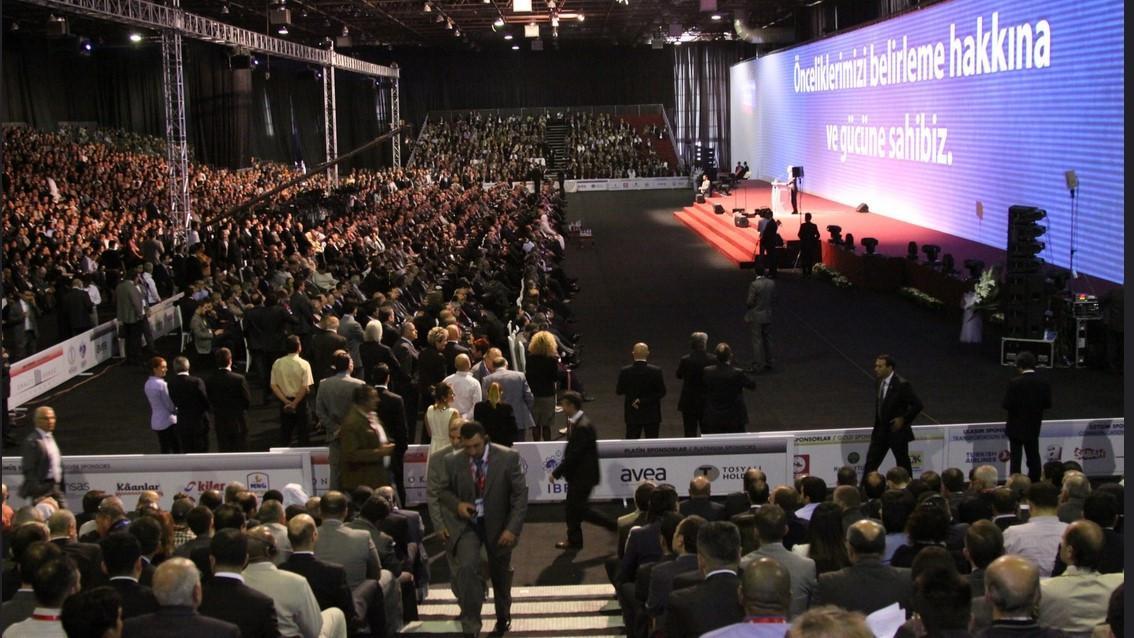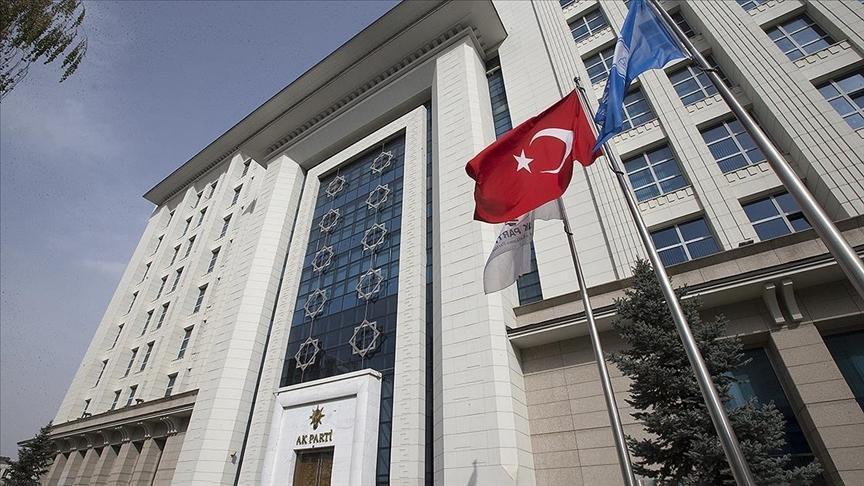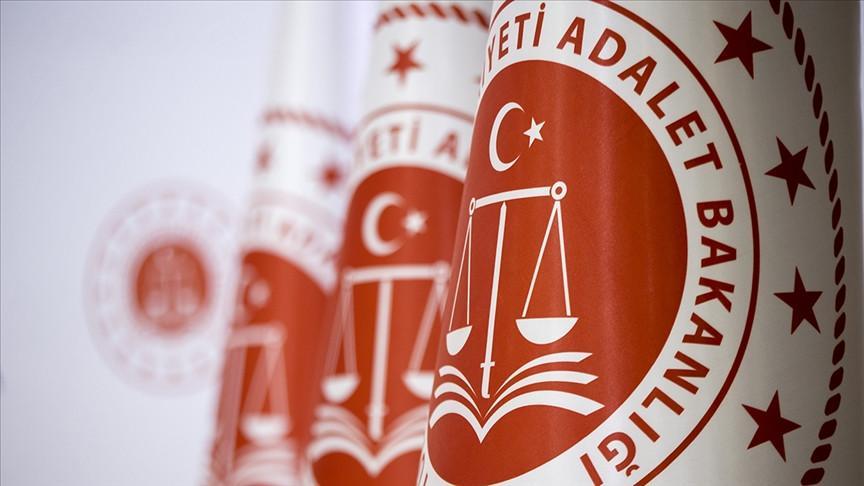Inflation may be single-digit by end of July but…
Inflation figures for June were better than expected and annual inflation rate went down to under 11 percent. While the decline is expected to continue in July too, the possibility of annual inflation going back to a one-digit figure is also cited.
Consumer price increases for June came out to be much better than market actors expected. While the average price expectation was a 0.2 percent increase, official prices announced were a 0.1 percent decline, thus annual inflation of over 11 percent decreased to 10.9 percent.
The drop in food prices was an important factor in the June inflation surprise. This decline is expected to continue in July but can start increasing after August.
The drop in automobile prices also played a major role in the inflation surprise in June. The fall in energy prices and its reflection on transportation has been another factor.
Market analysts expect that the continuation of the fall in food prices may pull down the annual inflation rate below 10 percent. However, starting in August, food prices are expected to start increasing again due to a base effect. Besides, because of the change of method in the calculation of core inflation, the price increases in the clothes and shoes group are expected to boost after September and October. Again, starting this period, because of cost pressures and secondary price effects, increases in service inflation is expected to continue.
Analysts expect the decision will not increase the prices of tobacco products this July to have a positive effect on inflation. For this reason, they point out that expectations may change, however, even if there may be a re-increase for a while, it is mentioned that the year may be closed with a single-digit consumer price increase.
Despite this, there are also those who argue that inflation will not be able to drop to one-digit figures because wholesale consumer prices continue to be over 14 percent and this situation may reflect on consumer prices.
These analysts also point out that the transitivity effect of foreign exchange rates seem to have decreased but there is a possibility of exchange rates going up again.
Again in June, energy prices continued to drop for the fourth month and their annual increase was down to 7.6 percent. Of course, the standstill in the rapidly increasing foreign exchange rates was effective in this. It is not known how the energy prices will navigate in the second half of the year. Also, the possibility of a re-increase in foreign exchange rates depending on the Fed is another factor preventing optimism for inflation.
The increase in foreign exchange rates on July 3 will be monitored closely for this reason.
We know that the government has resorted to disciplinary imports to curb the increase in meat and agricultural products. The decision not to hike the prices of tobacco products in July is also another measure to reduce the inflation to single digits.
It is also apparent that the major duty falls on the shoulders of the Central Bank, the main duty of which is to fight inflation. Market experts highlight that even if inflation decreases to a single digit at the end of July, the Central Bank has to continue its firm stand. While the wholesale prices are at this level, a further increase in demand constitutes a huge risk in terms of re-accelerating inflation. In other words, we are back to interest rate debates.











